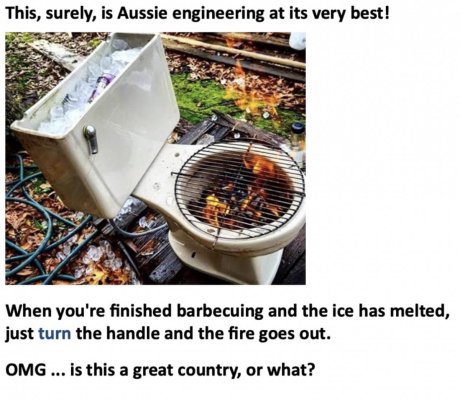Is that another area of let's not worry about it because it's too hard to fix?
Not too hard to fix...too expensive to fix. Most municipal sewage systems are 50+ years old and populations of the cities, especially those in the northeast, have grown exponentially, overloading and outgrowing what their sewage systems and treatment plants can handle. And as the cities have grown, "stuff" is going down drains that never used to--never existed before. It's all they can afford just to repair breaks and clear clogs...there's no money left to expand and upgrade. This is partly due to increased demand but also fiscal mismanagement, especially the larger cities. As a result, more than 100 east coast municipal sewers and sewage treatment plants were granted waivers by the EPA that allow them to continue to operate at all.
It's worst on the northeast part of the east coast, but west coast markets have their share of problems too. Several years ago a list of the 10 dirtiest harbors in the US was published...Avalon Harbor on Catalina Island CA--the last place you'd expect--was #1 on that list. The sewer infrastructure on the island is in such bad shape that more than 95% of the sewage goes into the water "raw."
Key West FL had a problem ...their system discharged sewage (not sure whether treated or not) into the ocean via a pipe that was barely a mile long. They were able to solve it by adding at least another couple of miles to the pipe.
'Twould be nice if environmentalists and politicians put some effort into solving all these problems instead of simply targeting boat owners who flush less toilet waste and discharge less gray water in a year than the average household sends into the sewers systems in a day.
--Peggie
Not too hard to fix...too expensive to fix. Most municipal sewage systems are 50+ years old and populations of the cities, especially those in the northeast, have grown exponentially, overloading and outgrowing what their sewage systems and treatment plants can handle. And as the cities have grown, "stuff" is going down drains that never used to--never existed before. It's all they can afford just to repair breaks and clear clogs...there's no money left to expand and upgrade. This is partly due to increased demand but also fiscal mismanagement, especially the larger cities. As a result, more than 100 east coast municipal sewers and sewage treatment plants were granted waivers by the EPA that allow them to continue to operate at all.
It's worst on the northeast part of the east coast, but west coast markets have their share of problems too. Several years ago a list of the 10 dirtiest harbors in the US was published...Avalon Harbor on Catalina Island CA--the last place you'd expect--was #1 on that list. The sewer infrastructure on the island is in such bad shape that more than 95% of the sewage goes into the water "raw."
Key West FL had a problem ...their system discharged sewage (not sure whether treated or not) into the ocean via a pipe that was barely a mile long. They were able to solve it by adding at least another couple of miles to the pipe.
'Twould be nice if environmentalists and politicians put some effort into solving all these problems instead of simply targeting boat owners who flush less toilet waste and discharge less gray water in a year than the average household sends into the sewers systems in a day.
--Peggie


